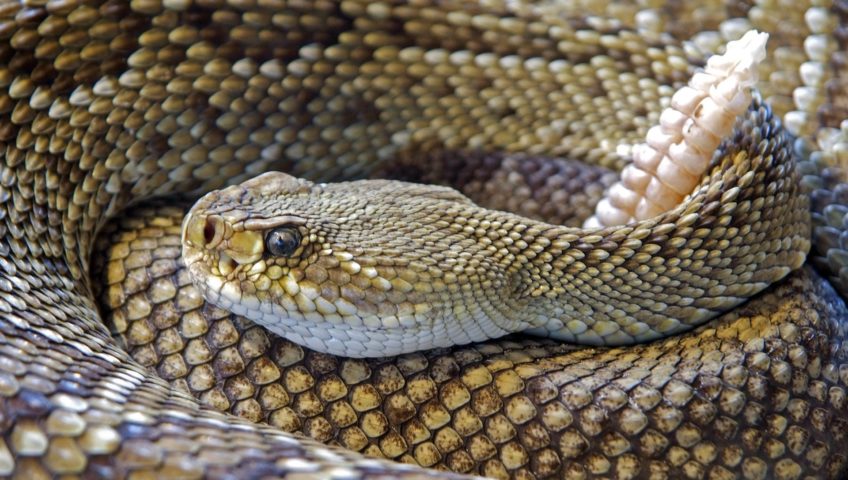
San Antonio’s Wild Reptiles
When it gets cold outside, you may think that the danger of snakes has passed. After all, they’re cold-blooded and don’t have the weather to keep warm — right? Even though that is true, winter brings a different kind of pest problem for homeowners.
At Apple Pest Control, we’ve helped countless San Antonio homeowners with wildlife removal. If you’re wondering what reptiles do in the winter, we’ve got you covered. Once you know the behavior of these creatures, you can prepare for pest control when the cold weather sets in.
What Do Snakes Do In The Winter?
Since reptiles are cold-blooded animals who can’t regulate their body temperature easily, they tend to become sluggish and lethargic during cold winter weather. They seek out warm shelters and their increasingly inactive body makes them less likely to catch and digest prey. Although this behavior is similar to hibernation, scientists call this brumation.
During the process of brumation, the snake’s body gradually slows its metabolism and starts conserving energy. Since they use less energy, they are also able to handle longer periods without feeding. Although they do sleep more during brumation, they are still able to leave the den to look for food and water, unlike warm-blooded animals during hibernation.
When Do Snakes Brumate?
Brumation periods vary in every region. In northern regions, where there is typically colder weather, these periods last longer and start earlier. Usually, brumation can start from September through December and end until March or April. On average, snakes brumate once the temperature gradually drops below 60 degrees Fahrenheit.
Here in San Antonio, we have milder winters with average temperatures in the 60s. Because it doesn’t get very cold, it’s normal to see these animals basking in the sun even during the winter. However, reptiles are still less active and more elusive during the colder months of the year.
Where Do Snakes Brumate?
Snakes tend to go underground, under rock piles and into mammal burrows to avoid freezing temperatures. Normally, they find underground shelter in slopes that form natural dens. These dens have rocks that absorb heat, which provides warm shelter while they brumate.
Brumating In The Wild
Ideally, the best brumation place is somewhere away from rain or the outside elements. Sometimes serpents prefer brumating in groups since their body heat serves to help them stay warmer. Some ideal spots include:
- Rodent dens
- Tree stumps
- Caves
- Deep caverns
If you spend time in your backyard during the winter, watch out for any scaly surprises that may be hiding in a cozy nook!
Brumating In Residential Locations
Sometimes, these creatures have to get creative if there is no natural den available. When this happens, you may find an unwanted guest near or inside your home. Some popular residential brumation locations include:
- Garages
- Basements
- Crawl spaces
- Boiler rooms
- Sheds
- Storage rooms
- Car engines
Typically, homeowners don’t appreciate the presence of these animals in their home. If you find one of these pesky reptiles too close for comfort, it might be time to schedule snake pest removal.
Schedule San Antonio Pest Control Today!
If you find any unwanted pests inside your home, don’t hesitate to call Apple Pest Control. We provide snake removal services San Antonio relies on to keep homes comfortable and safe. Contact us today to schedule an appointment!




